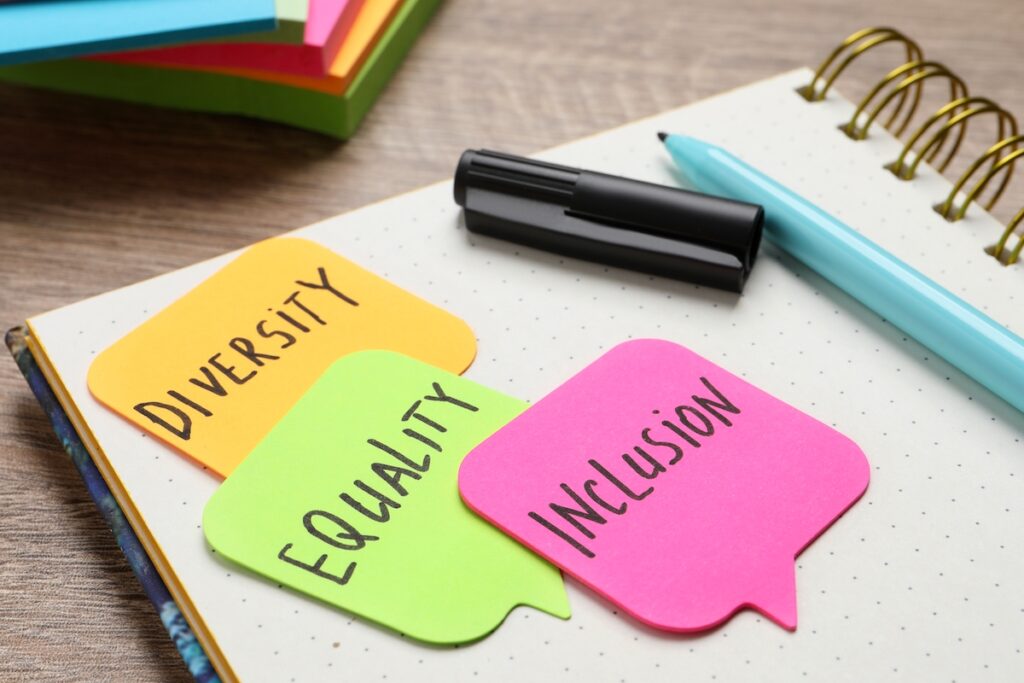
People from racial and ethnic minorities often struggle with mental distress for various reasons, such as inaccessibility of sufficient mental health care, cultural stigma regarding mental illness and racism (American Psychiatric Association, 2017). Research has shown significant differences in mental illness among ethnic groups; for instance, Irish and Pakistani men report higher levels of distress than their white British counterparts (Bignall et al., 2019). Also, African Caribbean men have a higher prevalence of psychotic disorders across all ethnic groups (Bignall et al., 2019).
Most studies investigating disparities among ethnic and racial groups focus predominately on monoracial groups, with little attention placed on understanding multiracial individuals’ mental health. The multiracial population is increasing; 10.2% of adults in the United States identify as belonging to more than one racial group (Jones et al., 2021). Multiracial people experience unique racial stressors which contribute to mental distress. The most prevalent racial stressor is identity invalidation, when others deny a person’s racial identity, for example, making comments like “you are not really Black.”
Considering this, Hans Oh and colleagues (2022) deemed it imperative to understand mental health differences between multiracial and monoracial individuals.

Multiracial people experience unique racial stressors which contribute to mental distress, such as identity invalidation.
Methods
This research used cross-sectional data from 99,728 undergraduate and graduate students in the United States who participated in a ‘Health Minds’ Study from 2020 to 2021. Depression and anxiety were measured using the PHQ-9 and GAD-7, respectively. The other mental health outcomes (languishing, a perceived need for health, loneliness, drug use, self-injurious behaviours, and lifetime history of psychiatric diagnoses) were measured using checklists. Sociodemographic information was also included in the analyses, comprising participant gender, age, and racial/ethnic identity.
The authors conducted chi-square tests to ascertain the difference between multiracial and monoracial groups’ mental health. Furthermore, they also carried out a multivariable logistic regression analysis to investigate the association between multiracial identity and each mental health outcome.
Results
Findings showed a higher prevalence of the following mental health and self-injurious outcomes among multiracial individuals compared to monoracial people: depression, anxiety, languishing, a perceived need for help, loneliness, any drug use, non-suicidal self-injury, suicidal ideation, suicide plan and suicide attempt.
It was also shown that multiracial people had a higher prevalence of a history of the following psychiatric disorders: depressive disorders, bipolar disorders, trauma disorders, neurodevelopmental disorders, eating disorders and personality disorders.

This US study found a higher prevalence of many mental health problems in multiracial young adults, compared to their monoracial counterparts.
Conclusions
Estimating the prevalence of mental disorders among multiracial undergraduate and graduate students in the United States, the authors concluded that:
Multiracial young adult students in higher education in the US were more likely to have mental health problems than their monoracial counterparts.

Multiracial students in US higher education may be more likely to have mental health problems than their monoracial counterparts.
Strengths and limitations
This study has several strengths, such as its large sample size of nearly 100,000 participants, which increases the generalisability of the results. Furthermore, this is the first study, to my knowledge, that has investigated the prevalence rates of various mental health difficulties among multiracial individuals, which is essential in providing adequate mental health care to this population.
However, there were many limitations to this study. Most notably, having a sample of undergraduate and graduate students in the United States limits the generalisability of findings. The results may not apply to people who did not go to university, people in the older generation, and people living in countries outside of the United States. Regarding the latter, it is often reported anecdotally that mixed-race people have different experiences depending on which country they are in. For instance, on a blog referred to as “mixedracefaces” (https://mixedracefaces.com/home/dutch-surinamese-y), a multiracial individual who is Dutch and Surinamese stated the following: “In the Netherlands, I am seen as a Black guy. In Suriname, I am Dutch, not White, but Dutch.” Considering this, it is likely that findings may differ depending on the country the multiracial individual resides.
Furthermore, although some valid and reliable questionnaires were used (PHQ-9 and GAD-7), many measurements were simple checklists. This limits the conclusions we can make from this study, as a lack of survey reliability and validity decreases the integrity and quality of the data obtained. The authors discussed the importance of future research using structured interviews or utilising medical records when measuring mental distress.
Lastly, the study did not distinguish between unique multiracial identities (e.g., Black/White and Black/Asian). It is essential to distinguish between unique multiracial identities when researching mental health. Previous research has demonstrated that unique racial identities can be a protective or risk factor for specific mental illnesses (Burke et al., 2021).

Further investigation of mental health outcomes among people with multiracial identities should use valid and reliable questionnaires.
Implications for practice
Considering the findings highlight increased rates of mental distress among multiracial groups compared to monoracial people, there is a need to ensure adequate and appropriate mental health treatment for this population. One way is ensuring practitioners are aware of the unique racial stressors multiracial individuals experience, contributing to mental ill health. Potentially, information regarding this could be incorporated into diversity training across NHS trusts. This should hopefully provide clinicians with the confidence to address these difficulties if they arise in therapy and allow multiracial individuals to feel more heard and understood. Furthermore, future research should focus on distinguishing between unique multiracial identities when investigating mental health disparities. This can inform mental illness prevention and treatment, thus further improving mental health care for this community.

Clinicians need to enhance their understanding and awareness of the unique racial stressors of multiracial clients.
Statement of interests
None to declare.
Links
Primary paper
Oh, H., Du, J., Smith, L., & Koyanagi, A. (2022). Mental health differences between multiracial and monoracial college students in the United States: Emerging racial disparities. International Journal of Social Psychiatry.
Other references
American Psychiatric Association (2017). Mental Health Disparities: Diverse Populations https://www.psychiatry.org/psychiatrists/diversity/education/mental-health-facts
Bignall, T., Jeraj, S., Helsby, E., & Butt, J. (2019). Racial disparities in mental health.
Burke, N. L., Hazzard, V. M., Karvay, Y. G., Schaefer, L. M., Lipson, S. K., & Rodgers, R. F. (2021). Eating disorder prevalence among multiracial US undergraduate and graduate students: Is multiracial risk different than the sum of each identity?. Eating Behaviors, 41, 101501.
Jones, N., Marks, R., Ramirez, R., & Ríos-Vargas, M. (2021). 2020 Census Illuminates Racial and Ethnic Composition of the Country. https://www.census.gov/library/stories/2021/08/improved-race-ethnicity-measures-reveal-united-states-population-much-more-multiracial.html
Mixedracefaces. (2022, September 17). Dutch | Surinamese. Mixedracefaces. https://mixedracefaces.com/home/dutch-surinamese-y

[…] Source link […]